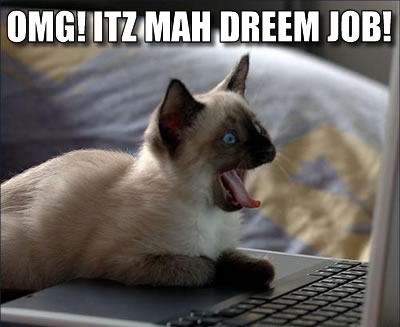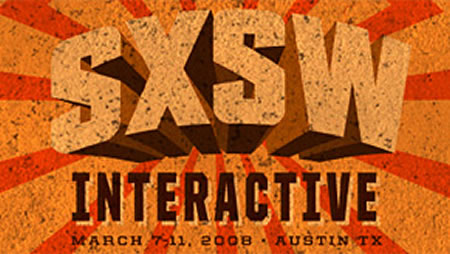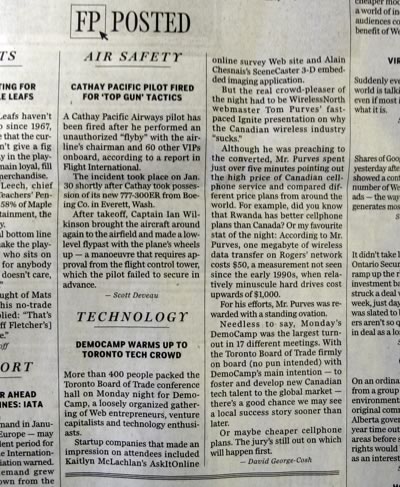
The LOLcats site I Can Has Cheezburger? is looking for a .NET developer:
We’re looking for a Full-Time .NET Developer with a passion for coding with “srsly gud” .NET expertise. You will make the intarwebs a better tube for millions as we expand the capability and awsumness of our sites. We offer flexible hours, a great work environment, health benefits and freedom from the tyranny of spelllcheck.
The One and Only Technical Requirement:
A deep, deep, deep understanding of developing, deploying and managing customer-facing web sites using ASP.NET (using C#), SQLServer and IIS. We need .NET developers who have been working with the .NET (ASP.NET, IIS and SQLServer) for years and years and years (like at least 5).





